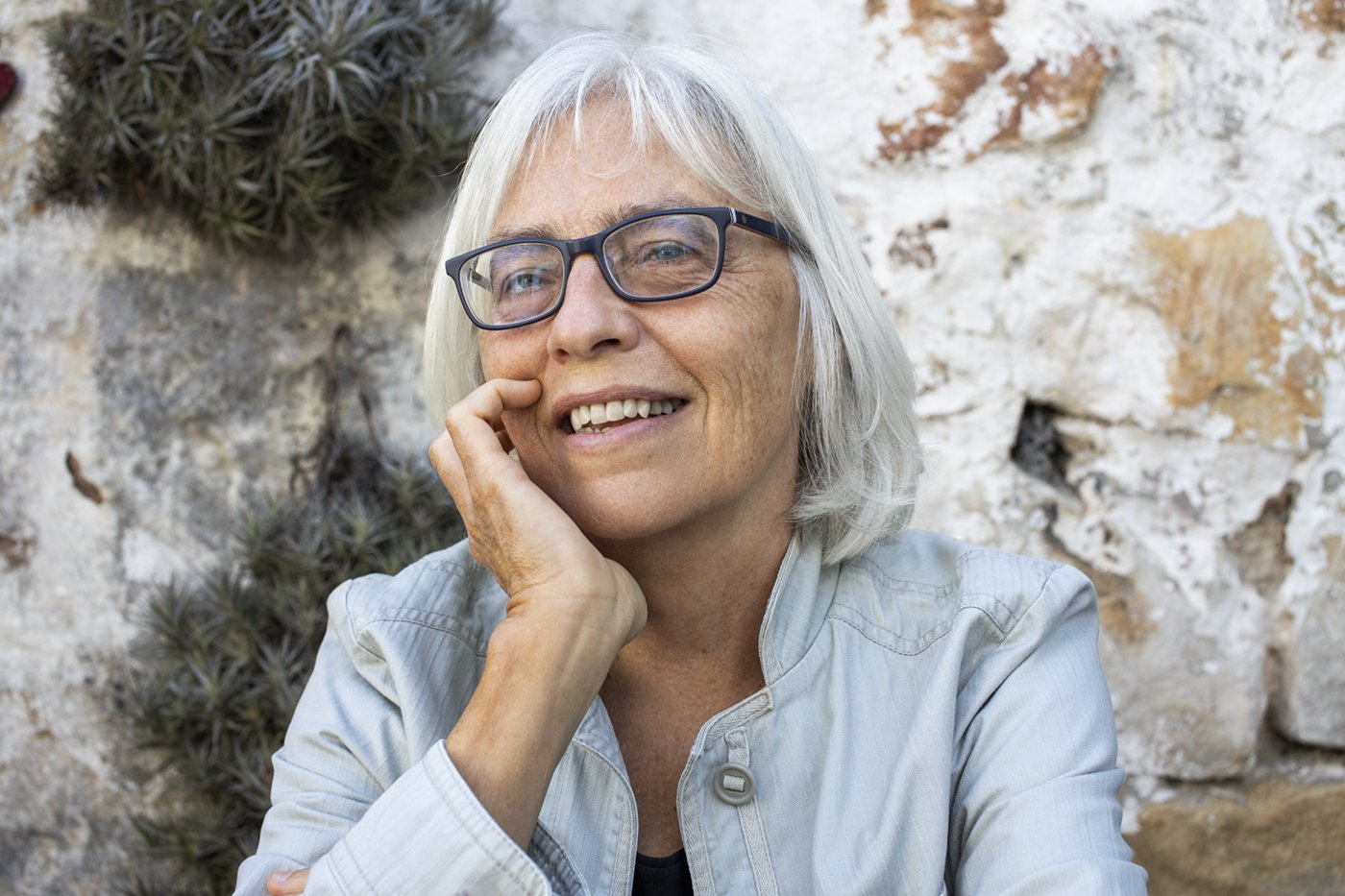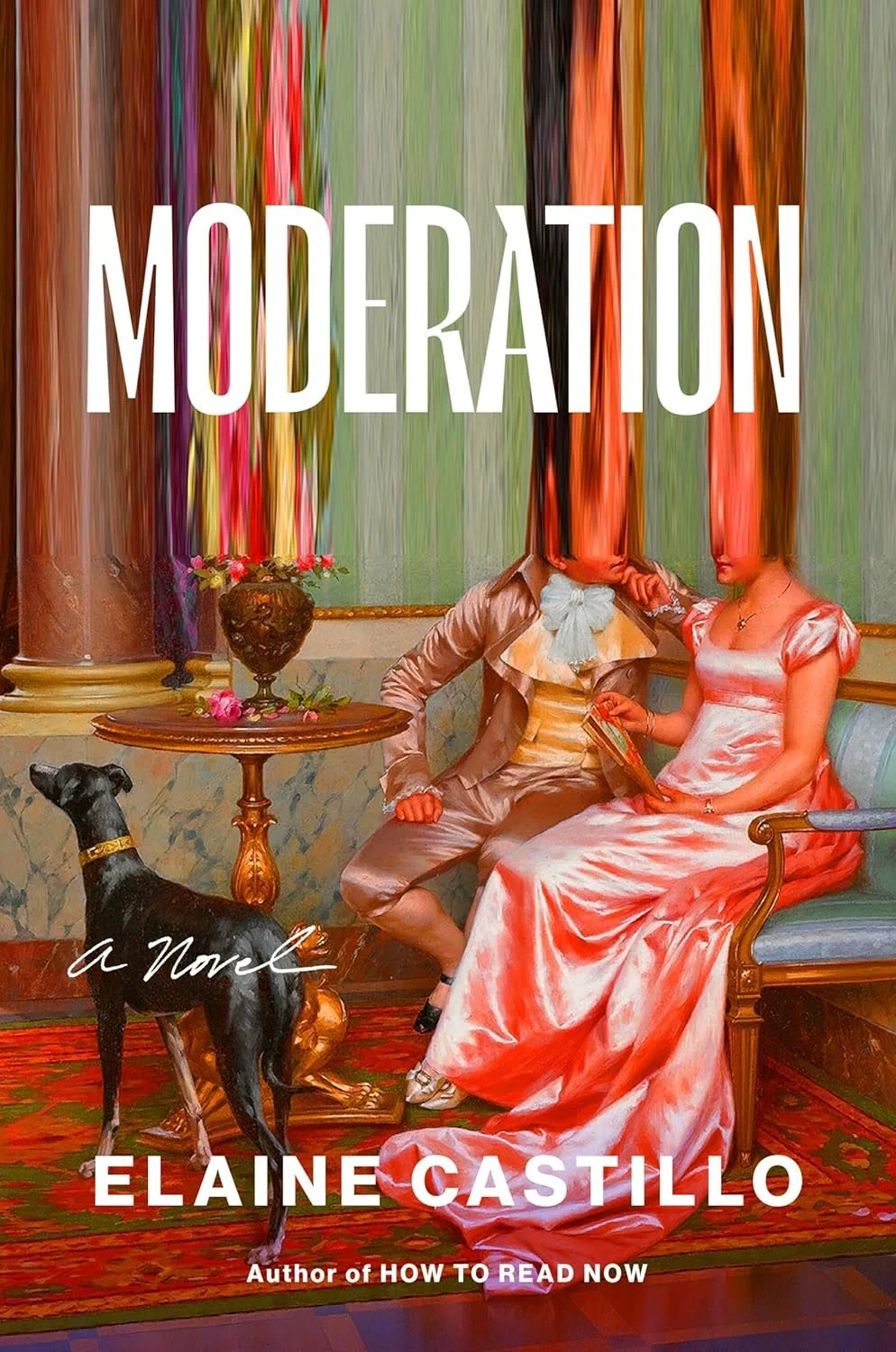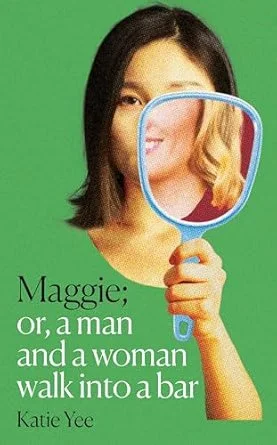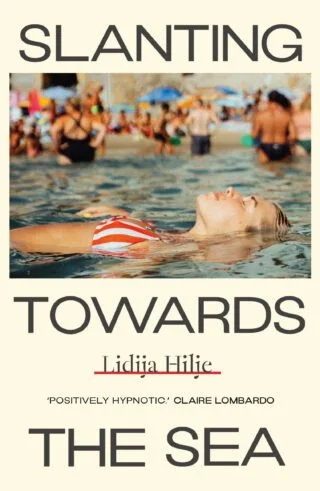A Conversation with Dawn Garisch
Image Credit: Dimitri Otis
First of all, thank you so much for taking time to speak to us about your novel, Breaking Milk. Could you tell me more about the origins of the book and where the initial idea came from?
Of course, although there’s so many threads and tributaries that go into creating a novel, so it’s hard to know where exactly it begins. It might have begun with Christa Wolf’s book, Accident: Today’s News, in which the structure is a day in the life of an East German writer. She wakes up and has breakfast, goes to the post office on her bicycle, and then she comes back, switches on the radio, and Chernobyl is glowing up. Now there’s radiation wafting over Europe and they’re saying on the radio, you know, don’t go outside, don’t let your children go outside, and things like that. At the same time, on that particular day, she’s waiting to hear whether her brother is going to survive surgery on a brain tumour; she’s waiting to find out whether it’s malignant or whether he’s going to need radiation as part of his treatment. Now, the book is structured around a day in the life of one person, but it’s also a meditation on radiation – whether it’s helpful or whether it’s harmful – and I was really struck by that.
And then, I’ve got a friend who’s a cheese maker in the Eastern Cape and I’m just fascinated by the cheese-making process, so I incorporated that into my book and I job-shadowed him to make sure I got all the details correct. The day in the life of a cheese maker was so fascinating to me because it’s so intense. Also, the location of the novel is set on his farm. So much so that, if you actually go and visit Dan Bosco’s farm in the Eastern Cape, it would be like walking into my novel.
I’m also concerned as both a medical doctor and a writer, you know, I wanted to write into the spaces that I’m interested in, and I’m very interested in how we use our minds – how we make decisions about our lives, how we manage anxiety and trauma, and how we build resilience and confidence – ultimately, how we can be our true, authentic selves with no pretences. I’m also interested in the split between the sciences and art – I’d always felt like a writer, but I got channelled into medicine. I don’t regret it at all because it’s a real job and you can make meaningful interventions, but what worried me is that we need stories. The story you’re telling yourself, the story about where you come from, and the stories you were born into will affect your well-being. So, I thought this was an opportunity. The structure of the book tracks what do we do with our minds, which was quite risky.
I did want to ask more about that day-in-the-life format because it’s so integral to your novel. Did you ever have any concerns or worries about building a novel within quite a restrictive format?
Well, fortunately, a lot of things happen in that day! Kate’s obsessing about the difficulty of her grandsons who were born conjoined, and on this particular day, they’re being separated. So, there’s an operation taking place and she doesn’t know the outcome, but to add to this tragedy or this terrible situation is that her estranged daughter has told her not to visit. And, as a parent, nobody wants to be apart from their child in difficult times, and she doesn’t fully understand why her daughter has rejected her.
I know a lot of people in that situation. I myself was in that situation when my sons were adolescents, so it was an opportunity for me to really explore what happens when that bond is wrecked. And then, another mother/child bond is breaking on that same day. I mean, I’m going all over the place now, but Nosisi’s son is having his initiation practise in the mountains, which is a very extreme process that these young boys go through in order to become men, and obviously she’s worried about him and his health. So, there are all these parallel separations and joinings going on in the book. You know, there are the separations we need, separations that are problematic, the things that connect us, which we need, and the connections that are problematic. I wanted to write into all of these crevices in this particular day and the cheese-making process seemed to me to be a wonderful symbol to contain this exploration because there’s so much going on that’s invisible in cheese making. There’s so much that you have to trust about the invisible world, that it will come together to create beautiful cheese and you have to wait. You have to be patient.
You mentioned the idea of both separation and connection, which you’ve talked about in terms of the human characters, but you also explore the connection between the land and its animals, people and the nature around us, and even the mind and the body. Could you talk a little bit more about these aspects of the novel?
Yes, Kate wants to be an ethical farmer. You know, she’s given up her life in the city where she’s been a microbiologist and geneticist working in a lab where she thought they overstepped an ethical boundary. And again, what do we do with our clever mind? You know, we’re so clever that we’ve actually created massive problems that are very difficult to fix. You know, in pursuit of what? Status, fame and fortune? Without starting to consider what the consequences are. So, there was this ethical boundary that was overstepped in the lab she was working in, and at the same time, her father (who has dementia – that’s another separation of the mind and the body) was trying to sell the farm thinking that women weren’t good enough to farm, you know, they’re not capable of farming. And she objected to that, so she goes from culturing human embryos to culturing cheese.
And then the question for Kate is how to get back to a more natural way of living; how to be in relationship with the natural world – how to take cues from the natural world rather than imposing our human world on the natural world, with all the devastation and pollution and habitat destruction that goes with that. She’s trying to go into the midst of a farming community that uses very industrialised methods – poisonings, really. And she’s trying to do this ethically by not separating the kids, the baby goats, from their mothers too early, and she’s really considering how we can be in a relationship with the natural world that is good for both of us.
Yes! There are so, so many themes explored so gracefully in this novel, so many connections and separations, that I just wondered how you even went about plotting out the book? The plot itself is relatively simple, but so many ideas are interwoven throughout, it must have taken some planning to get that right!
I mean, there’s a story behind this. It’s quite amazing. You know, I had four or five previous novels, and I submitted this novel to all the publishers in South Africa. And of them rejected it except for one publisher who sent it to two readers. One reader really loved it, and the other one hated it. So, the publisher said they’d look at it again if I rewrote it, so I rewrote it. It was initially in the first person and I rewrote it in the third person and again, it got sent to two readers. And again, one reader loved it, and one hated it. So, it didn’t get published.
Eight years later, I met that same South African publisher at the McGregor Poetry Festival, and she asked me what had happened to the book. I said nothing, and she said, ‘Well, I want to publish it. I’m starting a publishing company; I loved that book and I want it to be the first book that I publish.’ And then when it was shortlisted for an award in South Africa, it was taken up by the UK publisher, Héloïse Press. I also teach writing and I always say to people, you’ve got to take a long view, you know, it’s a very long view.
I can’t remember all the details of the process because I wrote it many years also but generally speaking, I start with an idea – I start with a feeling, a preoccupation, of something that really bothers me. Obviously, there are several things that really bother me in this book. And so, you know, I just start; I start with Kate lying in a bed, waking up or needing to get up and going off to start her day. I had the structure and then I just let it run. There were also things from my life that fit into the book, for example, I’m divorced and, when the book came out, I gave him the book and I said, ‘Leonard isn’t you and Kate isn’t me, but there were some arguments during the divorce that were too good to waste.’ I think novelists just pinch from everywhere, you know, we pinch. And then this amalgam emerges. The story tells you where it wants to go. It tells you what wants to happen.
Did you have to edit a lot?
Not, it was just that first edit that was a big one, and then, it all came together in some way.
That’s incredible. Talking about South Africa, the setting is integral to the novel and, now that you’re published in the UK, there’ll be lots of people reading who’ve never been to South Africa and maybe don’t know too much about it, or maybe have misconceptions about it, so I’d love to know a little bit more about your relationship with the country and maybe what you hope to convey to readers who don’t know too much about the country.
Well, it’s an astonishing country. There are incredible people doing wonderful things and it’s just being messed up by very few. Like many countries in the world, unfortunately, bad people get into power and take a whole lot of things down with them. Corruption is a huge issue in this country. But this is my home and, as a white privileged South African, I’ve benefited hugely in this country, and I feel that we need to put something back. So, I’m here unless it becomes really impossible to stay. I’m here and I run a non-profit organisation called the Life Writing Collective, which is my way of putting something back, to say thank you for everything I’ve received from the country. We sponsor people to attend a workshop where they learn to write about their lives as a tool to help their health and community building. We want all South Africans in the room to meet each other across all the things that divide us – the racism, the nationalism, the sexism, the ageism, the gender issues, the religious issues…
I also wanted to talk about why it was set in the Eastern Cape. Have you read the book Disgrace by J. M. Coetzee?
Yes!
He’s one of our most famous authors, but it’s a very disturbing book. It’s also set on a farm in the Eastern Cape. And you know, I’m not an academic, so I can’t talk in academic terms about the writing, but I was very disturbed by the premise of what women would need to sacrifice in order to live alone in South Africa, and I wanted to present a different point of view. It’s a very loose association, but the book is, in some ways, in conversation with Disgrace.
Just going back to your book’s publication in the UK, we mentioned that it’s published by an amazing publisher called Héloïse Press. I just want to talk about them a little bit because they have very specific values and a specific goal in that they champion worldwide talent written by women. So, I just wondered how the process was with them, and was their mission something that was important to you?
Yes, definitely. So, my South African publisher, I think she was at a book fair in Sweden, and she met Aina, and they got on really well. And then she read the book and made an offer. So, I was really grateful and working with her has been very respectful, which is always appreciated. I think women’s voices being heard is getting a little bit better, and I’m very happy to be part of that.
My last question is something we ask every author we speak to, which is do you judge a book by its cover?
Yes! You know, I’d like to say that I don’t, but I think we are all influenced by the cover.
Editorial Picks





